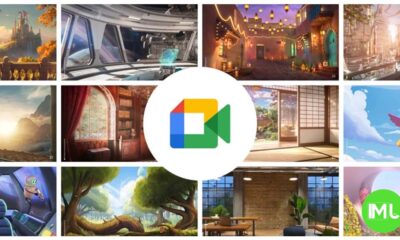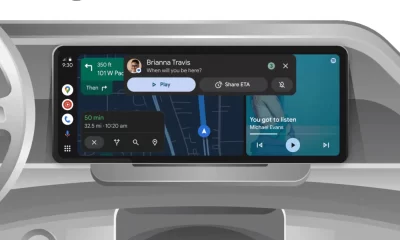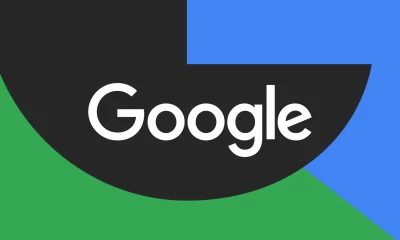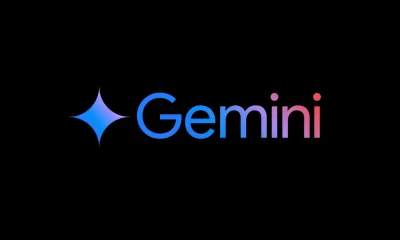Android
Bridging the Gap: Seamless notification sync across your Pixel devices

The modern digital landscape often involves juggling multiple devices. From smartphones and tablets to laptops and smartwatches, we rely on a diverse array of technology to stay connected and productive. However, this multi-device lifestyle can present its own set of challenges, particularly when it comes to managing notifications. Imagine constantly clearing the same alerts across each of your devices – a tedious task that disrupts the workflow and diminishes the convenience these gadgets are meant to provide.
Google has been working on addressing this very issue, particularly for users within the Pixel ecosystem. With the advent of Android 15, Pixel devices introduced a promising feature: synchronized notification dismissal. This innovative functionality allows users to dismiss a notification on one Pixel device, and that action is mirrored across all other Pixel devices logged into the same Google account. This is a significant step towards a more unified and streamlined user experience.
However, the initial implementation of this feature came with a notable constraint: notification synchronization was limited to Wi-Fi connections. This meant that if you were out and about, relying solely on mobile data, dismissing a notification on your phone wouldn’t clear it on your tablet or other Pixel devices. This limitation, while understandable from a data usage perspective, somewhat hampered the feature’s overall effectiveness.
But change appears to be on the horizon. A recent analysis of Google’s Device Connectivity Services app (specifically version 1.0.687093228_arm64-v8a_release_phone) has revealed intriguing code hinting at a potential expansion of this feature. Deep within the app’s code, evidence points towards developing a new toggle that would allow users to override the Wi-Fi-only restriction. This toggle, currently hidden from public view and still under development, suggests that Google is exploring enabling notification synchronization over mobile data networks.
This potential update carries significant implications for Pixel users. Imagine the convenience of dismissing a notification on your phone while commuting on the bus, knowing that it will automatically disappear from your tablet waiting at home. This seamless synchronization would truly bridge the gap between devices, creating a more cohesive and intuitive user experience.
Concerns about data consumption and potential battery drain likely drove the decision to limit the initial rollout to Wi-Fi. Synchronizing data across multiple devices over a mobile network could indeed have a noticeable impact on battery life and data usage, especially for users with limited data plans. However, by introducing a user-controlled toggle, Google is empowering users to make an informed choice based on their individual needs and priorities. Those who prioritize seamless synchronization above all else can enable the feature, while those more concerned about data usage or battery life can choose to keep it disabled.
While the exact timeline for the release of this feature remains unclear, the evidence within the Device Connectivity Services app suggests that it is actively being worked on. Given the relatively straightforward nature of the implementation, it’s reasonable to expect its arrival in a future update, perhaps as part of a broader Android or Pixel feature drop.
This potential enhancement to Pixel’s notification management system underscores Google’s commitment to creating a more interconnected and user-friendly ecosystem. By removing the Wi-Fi dependency, Google is poised to deliver a truly seamless notification experience across all Pixel devices, further solidifying the appeal of its hardware and software integration. This move represents a significant step towards a future where managing multiple devices is no longer a source of frustration, but rather a seamless and intuitive part of our daily lives. This signifies a move to a more cohesive and integrated digital experience, one that prioritizes user convenience and efficiency.
Android
Easy ways to change Android Auto’s look with light and dark themes
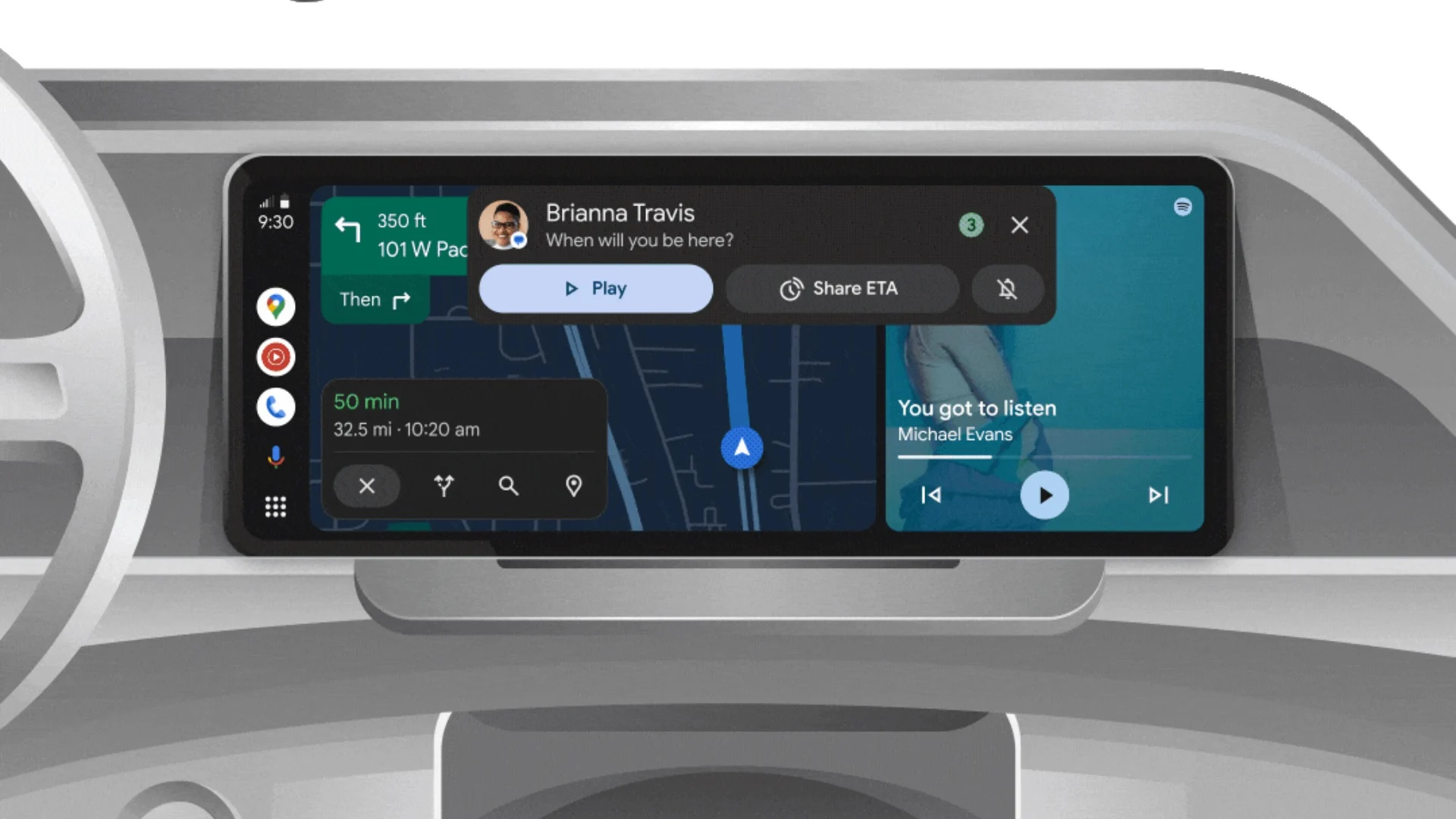
Android Auto is a helpful tool that lets you use your phone’s apps safely while driving. It connects your phone to your car’s screen, making it easier to use maps, music, and calls. One of the features many people like is the ability to change how Android Auto looks by switching between light and dark themes.
How to switch between light and dark themes
Android Auto offers two main themes: light and dark. The light theme uses brighter colors, which can make the screen easier to see during the day. The dark theme uses darker colors, which can be more comfortable for your eyes at night or in low light.
To change the theme, follow these steps:
- Open the Android Auto app on your phone.
- Go to the settings menu.
- Find the “Theme” option.
- Choose between “Light,” “Dark,” or “Set by car” (this lets your car decide the theme based on the time of day or your car’s settings).
Why themes matter
Using the right theme can make driving safer and more comfortable. The light theme is good for bright days, while the dark theme helps reduce glare at night. Having these options means you can pick what works best for you, making Android Auto easier to use in any condition.
In short, Android Auto’s theme options are simple to use and help you drive more safely by making the screen easy to see, no matter the time of day.
Android
Google’s New Updates: Gemini 2.5 Pro, Android 16 features, and Messages change

Google has just rolled out some exciting updates across its services and apps. Here’s a simple breakdown of what’s new and what it means for you.
Gemini 2.5 Pro is here
Google has launched Gemini 2.5 Pro, the latest version of its AI model. This upgrade brings smarter and faster responses, making it easier for users to get helpful answers. Gemini 2.5 Pro is now available in Google’s AI Studio and Vertex AI, so developers can build even better tools and apps using this technology.
Android 16 brings more customization
Android 16 is adding new ways to personalize your phone. One of the standout features is the ability to hide the clock on your lock screen, giving you a cleaner look if you want it. This is part of Google’s push to let users make their phones feel more unique. There’s also a new animation for the power button, making the experience smoother and more modern when you turn your phone on or off.
Google Messages removes the unsubscribe button
If you use Google Messages, you might notice that the “Unsubscribe” button is gone from some business messages. Google has removed this feature, so users now have to find other ways to stop unwanted texts. This change might make it a bit harder to manage spam, but Google hasn’t said why the option was removed.
What does this mean for you
These updates show that Google is focused on making its products smarter and more personal. Whether you’re using AI tools, customizing your phone, or managing your messages, you’ll see some changes that aim to improve your experience.
Android
Here’s what’s new with Google Keep and Android Automotive apps

Google Keep is getting a fresh look with the new Material You design, making it more colorful and easier to use on Wear OS smartwatches. The update brings bigger buttons and clearer text, so you can quickly jot down notes or check your lists right from your wrist. This makes Google Keep more handy when you’re on the go and don’t want to pull out your phone.
On another front, Android Automotive is improving how apps show information while you drive. Instead of opening full apps, you’ll see simple cards on your car’s screen that give you important details at a glance.
These cards help keep your focus on the road by showing things like music controls, navigation updates, or reminders without distractions. This new card system is designed to work smoothly with apps like media players and navigation tools, making your driving experience safer and more convenient.
Together, these updates show Google’s effort to make its apps smarter and easier to use in everyday life, whether you’re walking around with your smartwatch or driving your car. The focus is on clear, simple designs that help you get things done quickly without hassle.
In short, Google Keep’s new look on Wear OS and the smart cards in Android Automotive are small but useful changes that make tech fit better into your daily routine.
-
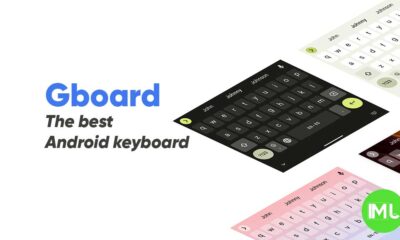
 Apps1 year ago
Apps1 year agoGboard Proofread feature will support selected text
-
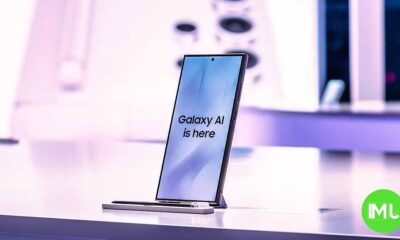
 News1 year ago
News1 year agoSamsung USA crafting One UI 6.1.1
-

 Apps12 months ago
Apps12 months agoGoogle Contacts app testing new Besties Widget
-
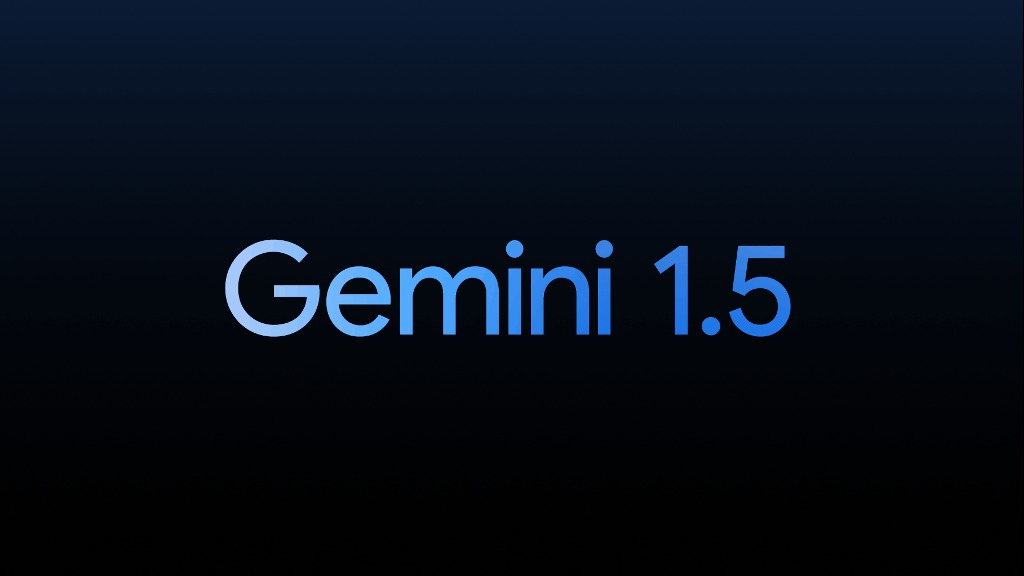
 AI12 months ago
AI12 months agoGoogle Pixel 9 Pro may come with a complimentary one-year Gemini Advanced subscription
-

 News1 year ago
News1 year agoBreaking: Samsung Galaxy S22 may get Galaxy AI features
-
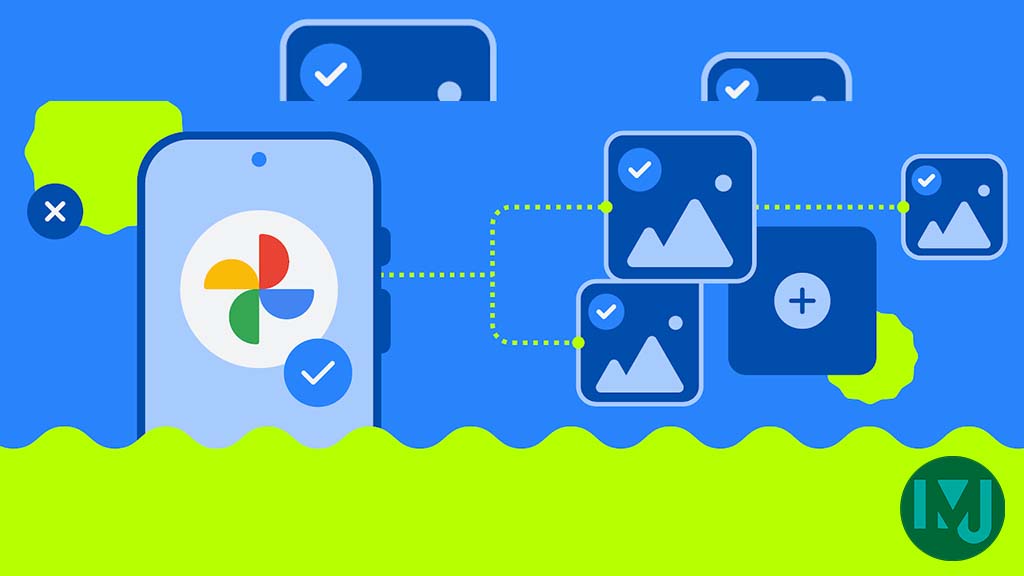
 Apps12 months ago
Apps12 months agoGoogle working on a new video editing feature for its Photo app
-
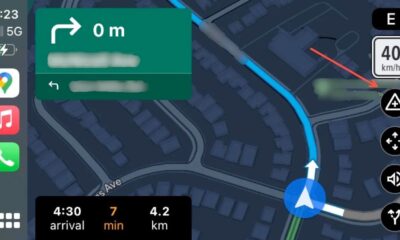
 Apps12 months ago
Apps12 months agoGoogle Maps lets you report traffic jams and accidents on Apple CarPlay, but not on Android Auto
-

 Apps12 months ago
Apps12 months agoGoogle Messages app will transform MMS chats into RCS

